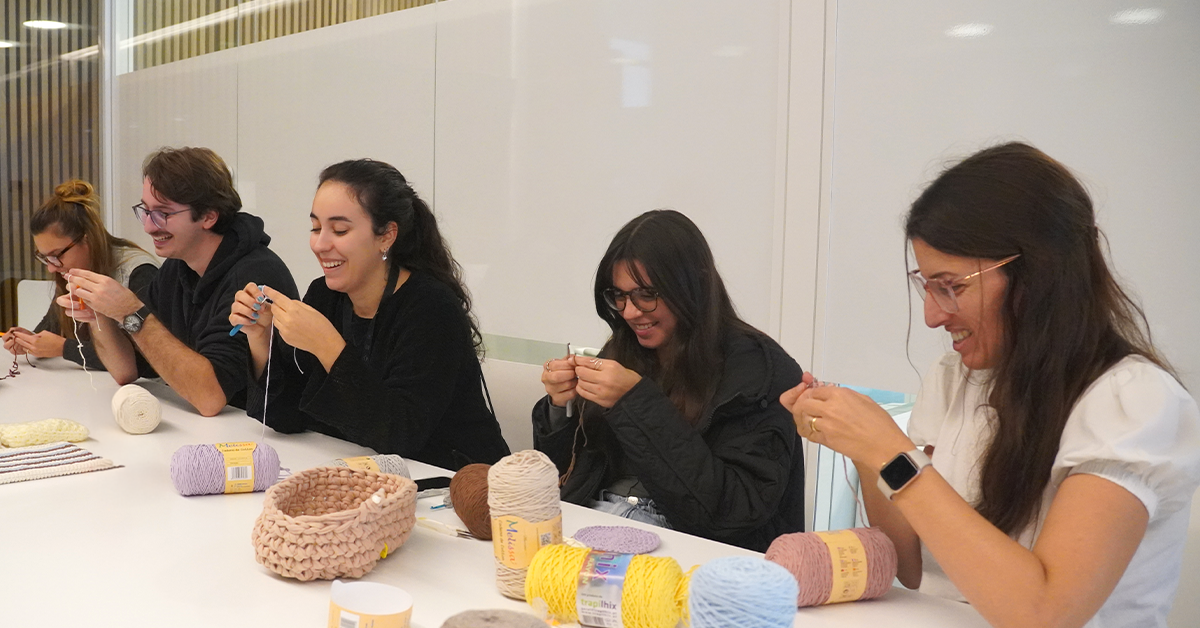Mind mapping in idea generation
“Like our physical bodies, our memory becomes out of shape” Tony Buzan
A mind out of shape won't be able to provide the best response to a problem, especially when the problem requires a creative solution, and the need to generate an "out of the box" idea is paramount.
The market is meticulous, and the feeling of everything being created is enormous. However, no matter how much we search for a new creative solution, we end up feeling that it has already been done, either because of what we see in our inspirations or because we respect a similar approach to the problem as in a previous exercise. Therefore, in order to go further in developing a concept, the Mind Mapping tool emerges.
.jpg) | Tony Buzan, born in London on 02/06/1942, is an expert in memory, speed reading, creativity, and innovation, and is dedicated to improving thinking and creating tools that help do it better. Materializing what happens in the mental process, based on divergent thinking and without straying from the central problem, is the goal of Mind Mapping. |
But what is this divergent thinking? Starting from the creative problem, we leave the "straight line" that leads us to the creative solution, in order to see things from another perspective, extrapolate concepts, be random, and seek alternatives.
After discovering several solutions, we have to focus again on our demand, filter the entire divergent process, and select ideas that are both relevant and creative to arrive at our creative solution.

Throughout the creative process, Mind Mapping is a way of being in constant development and a useful tool for finding solutions to problems we encounter during development. This "tree of thoughts" is the best way to visually convey thoughts and contradicts typical lists of ideas, which are difficult to read and homogeneous. In this exercise, we can mix drawings, photographs, cutouts, writing, colors, post-its, and anything else that is relevant to add. It has no limits, no rules. It is pure brainstorming, with the advantage of being read more quickly and memorized 6 times more than lists. As it is a very intuitive process, it allows us to go far without deviating from the problem and to generate ideas more quickly, as well as increasing the quality of the creative solutions presented as we train the exercise.

In order to improve illustration in Mind Mapping, a 15-second drawing exercise was carried out, in which a word (object, emotion, concept, etc.) was given, and each participant had 15 seconds to illustrate that word on a post-it. This makes the process more genuine and intuitive and helps activate the mind for an exercise like Mind Mapping.

Fábio Castro has a degree in Graphic Design and Advertising and plays on the Marketing & People Management team at FMQ. He considers himself random and likes to get his hands dirty. Music, calligraphy, illustration, and multiculturalism are his passions, as well as his pets. A mix of influences from various areas identify his work, with a balance between the noise of "grunge" and the "obsessive-compulsive disorder" of text boxes aligned in grids.



